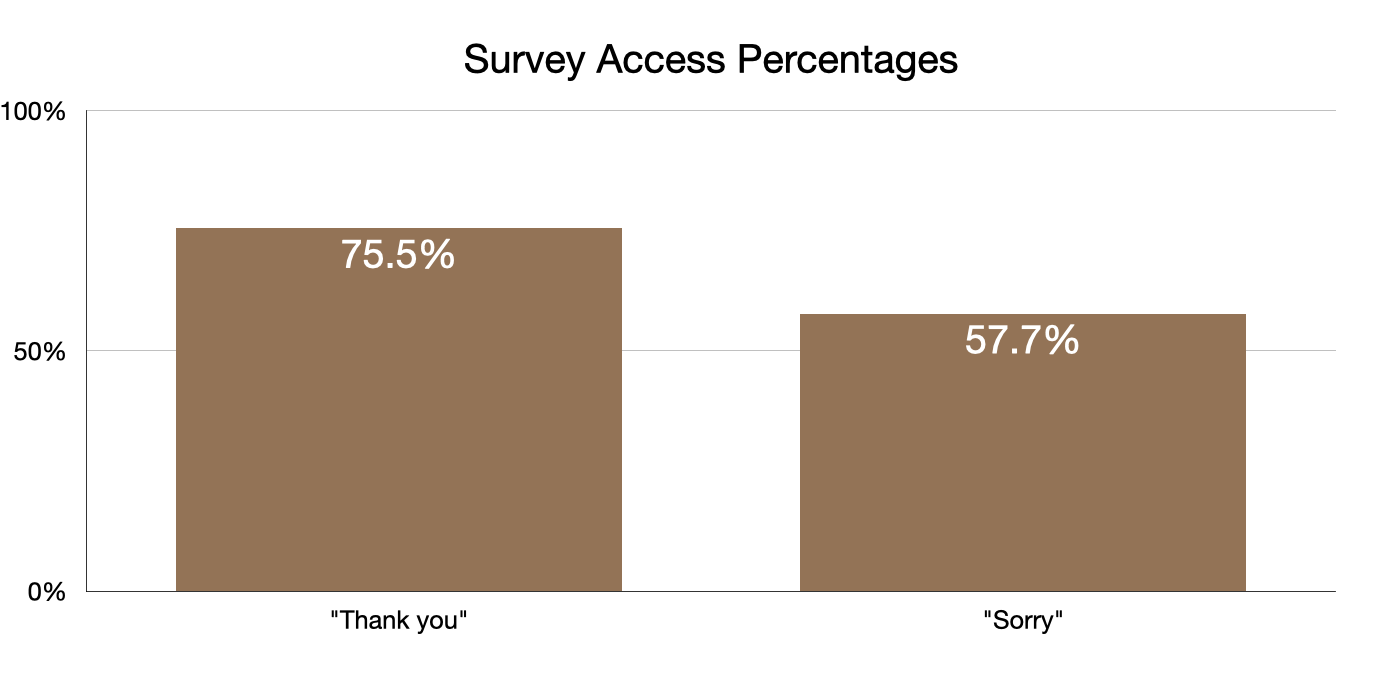This is a blog post about your employees' first day. It includes quotes from several real employees who have just started new jobs, so I've changed each person's name to protect their anonymity.
The first day at a new job can say a lot about your company.
For some, a great first day confirms they joined the right organization."It was like the first day at school," said Robert. "I was excited to get started and they were excited to have me join the team."
For others, the first day raises questions about whether this was the right choice.
"My first day was remote," said Warren. "I got a series of emails directing me to fill out paperwork and read through every corner of our website. I highly recommend this approach if you're having trouble sleeping. I did finally get a working computer a week or so later so that was good."
How can you give you team a first day that's more like Robert's, and less like Warren's?
This post walks you through some proven steps that work well whether your employees are working remotely or in-person.
How to prepare for a new employee
A great first day actually starts with the prep work you do before an employee officially joins your company. The goal is to be ready for them when they arrive.
It's disheartening when an employer isn't ready to welcome a new team member.
Warren started out on the wrong foot when his company wasn't ready for his arrival. A first day spent filling out paperwork and trying to get a working computer is hardly inspiring.
Barry, another remote employee, had a far different experience than Warren. "My organization handled my equipment requests before my first day. My laptop, mouse, and keyboard all arrived the week before I started. All my paperwork was sent to me the week before."
For Kendra, who is also remote, getting her equipment ahead of time allowed her to troubleshoot some technical issues that would have derailed her first-day experience.
"My first day technically started the Friday before when I received my new work laptop in the mail. I was so excited to receive a brand new laptop I immediately opened it up and turned it on. I spent the next three hours on the phone with IT resetting the hard drive multiple times because systems were not configured correctly."
Kendra's eagerness paid off, while her fellow new hires spent their first day struggling with computer issues. "I was ready to go for the new hire orientation meeting on Monday morning while other new hires had to call in on their phones and other devices."
Here are just a few things to do before your new employee arrives:
Arrange all tools and equipment they'll need.
Make sure they have access to computer networks, buildings, etc.
Create an orientation schedule and send it to them.
Send out new hire paperwork ahead of time.
Order uniforms, name tags, business cards, and other items (if needed).
Complete all required verifications such as background checks, license checks, drug screenings, etc.
A swag bag or care package is a great bonus if you really want to create a great impression.
Barry told me he really appreciated the package his company sent him. "My organization sent me a welcome package that contained a book from my supervisor and one from the CEO. It also contained a notebook, pens, and a cool gift: a Yeti tumbler."
What are the elements of a great first day?
The ideal first day finishes off all the legal requirements necessary to complete the hiring process, starts socializing the employee to their colleagues, and gives them a virtual or in-person tour of the workspace.
Legal Requirements
The legal requirements can be tedious, but they are necessary. Various federal, state, and local laws require a variety of notices to be signed. You also need information to input the new employee into your payroll system.
I was once sent to train 100 new hires before my company opened a new location. Unfortunately, I discovered on the eve of the training class that the hiring manager hadn't actually hired anyone. We had to cancel the training and use that time to ensure everyone completed all the paperwork required to legally hire employees and ensure they got paid.
So get that out of the way first. Better yet, send paperwork to new hires to complete before their first day.
Barry shared one word of caution from his experience. Many of the forms he had to complete were PDFs that lacked fillable fields, so the process of adding his name, date, signature, and other information was painstaking. Be sure to make your forms easy to complete on a computer!
Socialization
Connecting with others is critical, especially when so many people are working remotely. It helps new employees feel a sense of belonging, and start building trust with the people they'll be collaborating with.
Help new employees start making connections with their colleagues by sending out a welcome message to greet them when they arrive. Barry received welcome messages from multiple employees, which immediately made him feel welcome.
Kevin started remotely, and spent much of day one connecting with coworkers via virtual meetings. "I had a meeting with my boss and then meetings with a few other teammates to introduce myself and get to know them."
Aaron's first day was in-person. "We wear masks, avoid in person meetings, and social distance when feasible. The on boarding process was different because we didn’t have a big classroom full of new hires, it was handled individually and in small groups."
All those safety precautions didn't prevent Aaron from having a great experience.
"My boss met me at the door, cleared his morning schedule to spend time orienting and teaching, and then took me to lunch. That level of investment and personal attention for new employees confirmed the positive culture and strong leadership that was conveyed in the interviewing process."
Diedre works remotely, but enjoyed starting her first day with a group of fellow new hires.
"The experience at my new company was incredibly organized, probably the most organized of any company I’ve ever worked for. They did a great job bringing 20 new folks into Zoom calls, making us all feel welcome even though we were spread out all across the world. We did activities together, including playing virtual games, daily themed Zoom backgrounds and pop quizzes on what we’ve learned so far."
Technical issues aside, Kendra also appreciated starting her first day with other new hires. "In new hire orientation, I met our HR contact and other new hires and was invited to a group slack chat with just this group. I liked the group chat because it gave us a safe place to ask dumb questions and get to know some colleagues from other departments both locally as well as the other side of the country."
Tour
Employees need to know the basics of where they’ll be working, whether it’s a physical location or a virtual environment.
For employees reporting to a physical location, this involves a literal orientation. Show employees how to get into the building, where to clock in, where to find the restrooms, and other important locations. And of course, show them their own workspace.
It's a little different for remote employees. They will need to learn how to navigate through the company's network, and how to get assistance if they get stuck.
Kendra's boss created an orientation document that provided a virtual tour. "The doc included each slack channel I needed to join, links to corporate strategy video recordings and lots of documentation, reoccurring meetings I should have on my calendar, and a list of colleagues to reach out to and topics to discuss with them. So I spent the rest of my day filling my next 3 week calendar with 1-on-1 deep dives with colleagues, watching recordings of organizational presentations, and reading strategy documents."
There's one bonus item that can make a great first day even better.
New employees are anxious to make a contribution, so give them something valuable to do on their first day if at all possible. For example, one company has new employees give feedback about the company's products, which is often used to make improvements.
Is remote onboarding difficult?
Some people worry about remote onboarding. It doesn’t have to be difficult, if you follow the steps above. It can even be beneficial!
Here’s how Heidi described her first day of remote onboarding:
“The onboarding team took great strides to make sure we felt welcomed and made sure to have resources centrally located (as much as possible). I was definitely nervous and had first day jitters, but then I remembered I didn’t have to deal with commuting, trying to avoid boring water-cooler conversations (and gossip) and weird looks from Accounting, or finding a place to sit in the break room for lunch.”
Be intentional about creating a great experience for your new hires, and everything should be fine. It just might take a little extra planning.
Additional Resources
LinkedIn Learning subscribers can access my course, Running Company Onboarding. It will walk you through all the steps necessary to create an outstanding onboarding program.
If you don't already have a subscription, a 30-day trial is available.
Here's a short preview video that highlights the differences between a good and bad onboarding process.

















